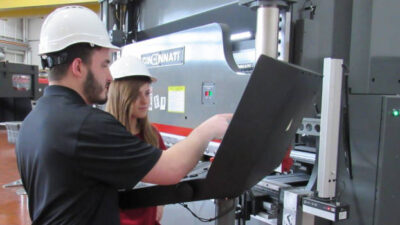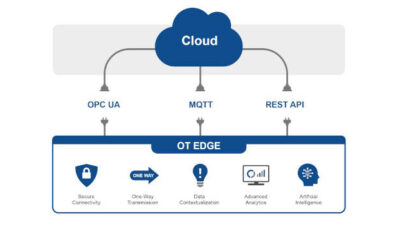This, the December issue, marks my last column. So rather than spend the next 500 words telling you why—and no, MBT didn't fire me—I'd like to reflect on what things have changed, and what things have remained the same, over the 25-plus years I have been part of the IT industry. The same: We're not learning from the past.
This, the December issue, marks my last column. So rather than spend the next 500 words telling you why—and no, MBT didn’t fire me—I’d like to reflect on what things have changed, and what things have remained the same, over the 25-plus years I have been part of the IT industry.
The same: We’re not learning from the past. Part of the problem for many companies is that once they learn some hard lessons, the people who learned them either retire or move on to other jobs. That’s why we continue to have episodic ERP, CRM, and other type application failures—as well cost overruns. We also don’t understand that the people who are using the solutions should be the go-to people who determine how the software ultimately should be deployed.
Very different: Consumers are driving corporate behavior. Corporate technology deployment used to be derived from military and government spending. Today it is being driven by consumer-based developments. Web 2.0, social networking, advertising-driven business models, and mashups—i.e., Web applications that combine data from more than one source into a single integrated tool—are the developments getting their start with a consumer population and next finding their way into corporate use.
The same: Technology is too complex. While some aspects of technology deployments appear to be easier—e.g., Web-based browsing—technology deployment still takes too much time and too many gurus to hold everything together. Companies have built a Gordian Knot of multiple technologies that has strangled their ability to change or quickly move in line with business needs. The next generation of IT professionals will spend the next decade untangling the mess—or perhaps not.
Very different: IT solution costs are going down. The cost of IT is plummeting with Moore’s Law still holding true, and open source, offshoring, virtualization, and Software-as-a-Service (SaaS) driving better value to customers. It is remarkable that start-ups can go to market with tens of thousands of investment dollars rather than millions. This means that million-dollar solutions often can be replaced by ones that cost an order-of-magnitude less. This is one of the big reasons that IT spending increases continue to lag GDP growth and have continually declined as a percentage of corporate sales for the last seven years.
The same: Innovation is built, not bought. While pitches coming out of so many software and hardware companies center around how innovative they are, don’t believe it. The only way a company purchases an innovative solution is by acting as an early test-bed for a small start-up. If you want an innovative solution, plan on building—or assembling—it yourself.
Very different: It’s easier to deploy new technology. If there’s one thing that most IT providers have learned, it’s that their solutions need to be deployed in days and weeks rather than months and years.
After a career of following technology, I am confident that manufacturing companies can get a huge amount of competitive advantage through the appropriate use of technology. It just takes focus and good management—the same as always. Thanks for reading.
Author Information
Erik Keller is principal of Wapiti LLC, an independent consulting firm. Prior to forming Wapiti, Keller was a research fellow, director of research, and vice president with Gartner. He is perhaps best known for being a key member of the Gartner team that coined the acronym ERP, for enterprise resources planning. Erik can be reached through Manufacturing Business Technology, or e-mail at [email protected] .



